Top Ten Coolest Animal Feet
Feet are wonderful, they help us stand, run, skip and are great for a tickle attack. But not everyone’s feet are the same, check out this top ten list to discover animals with some of the coolest feet!
1) American Coot
They have long toes wrapped in skin that help them to swim while still being able to walk on land.
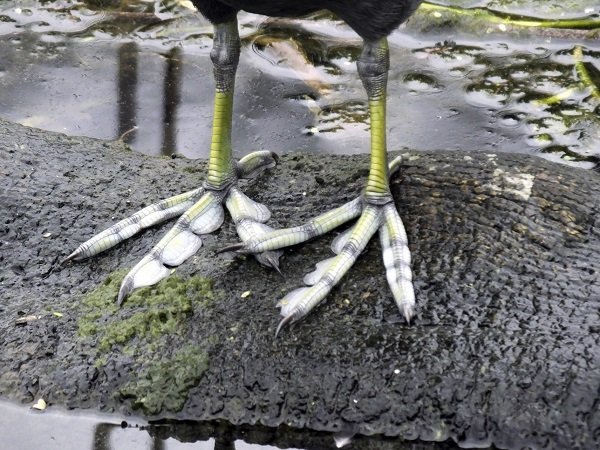
2) Elephant
Their feet have ‘cushion pads’ which distribute the weight. They also use their feet to communicate, stomping the ground to send out vibrations.
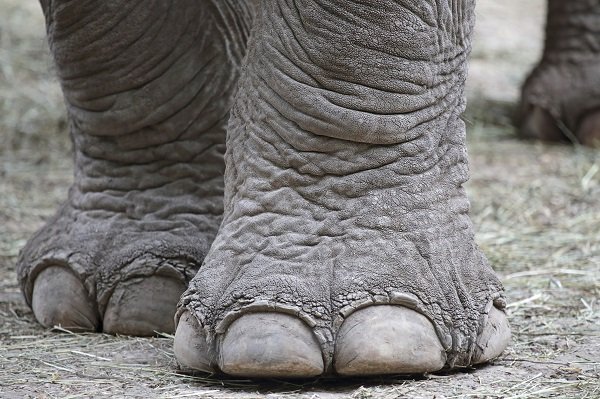
3) Gecko
Their toes are covered in tiny microscopic hairs, which help them to stick to surfaces.
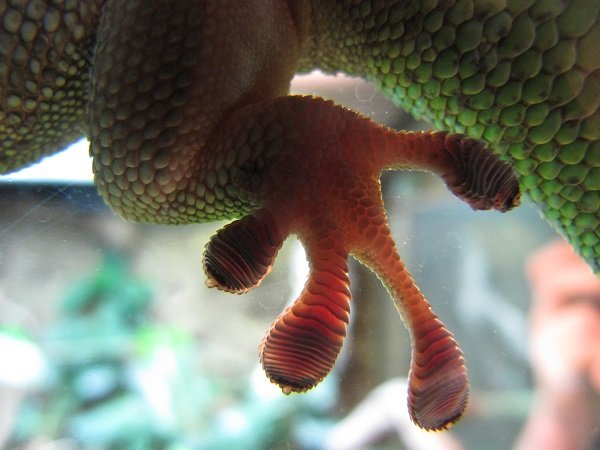
4) Ostrich
They are the only bird with two toes. This design helps them to run fast, reaching up to about 70 km an hour!
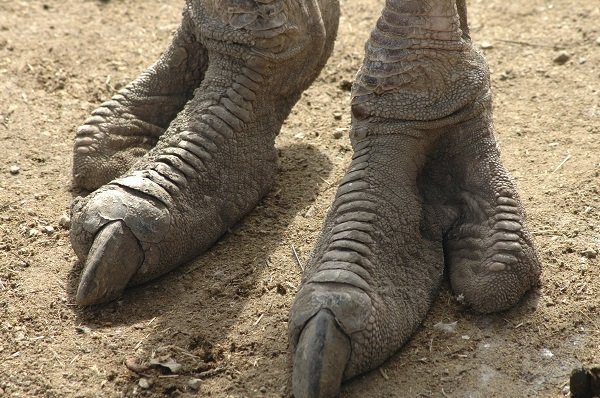
5) Lion
Like most members of the cat family, their paws have padding to help them walk quietly they also have retractable claws.
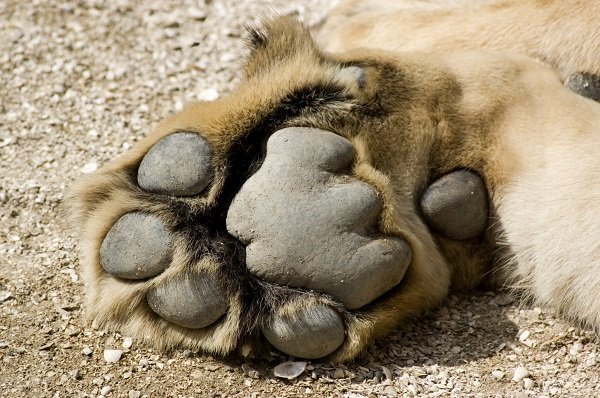
6) Bald eagle
They have powerful talons that they use to hunt prey like fish
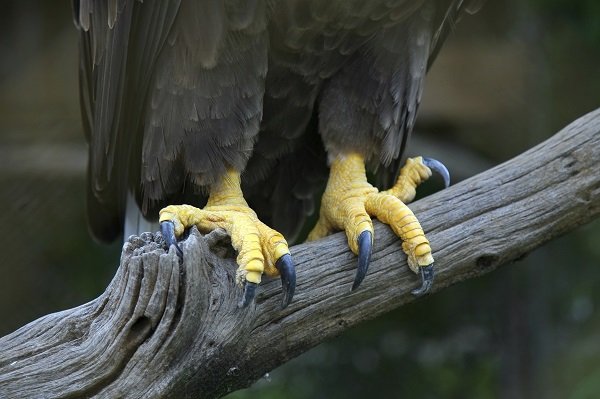
7) Rhinoceros
They have surprisingly small feet for their weight, which can reach up to 8,000lbs.
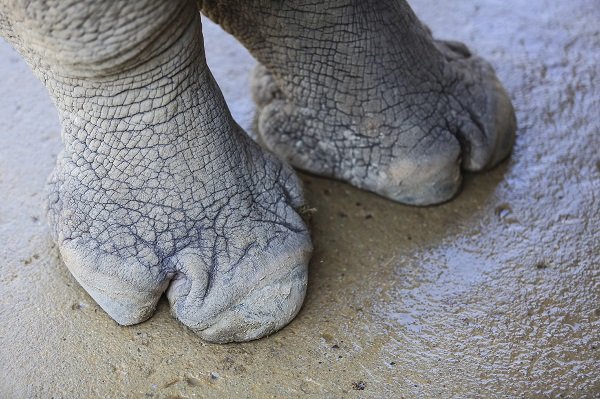
8) Monkey
They have an opposable thumb and sensitive pads that allow them to grab onto things like a branch.
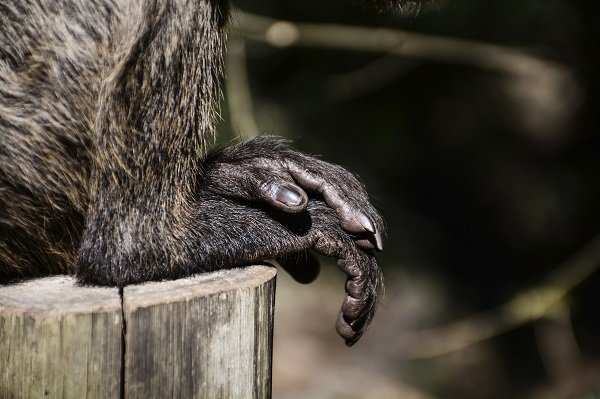
9) Crocodile
They have webbed feet to help them swim. Their toes also have sharp claws!
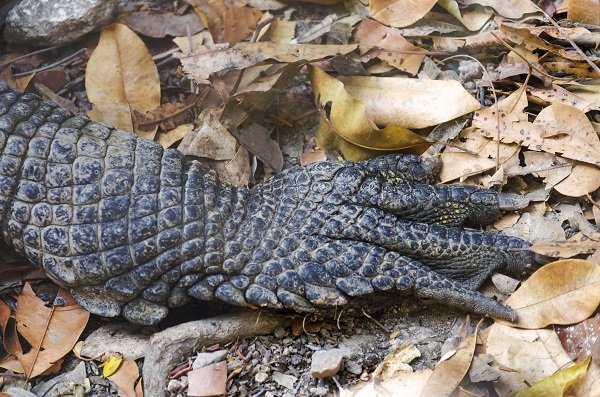
10) Penguin
They have so much blubber and warm feathers over their entire body that they need to have bare feet to allow heat to escape so they can regulate their body temperature.
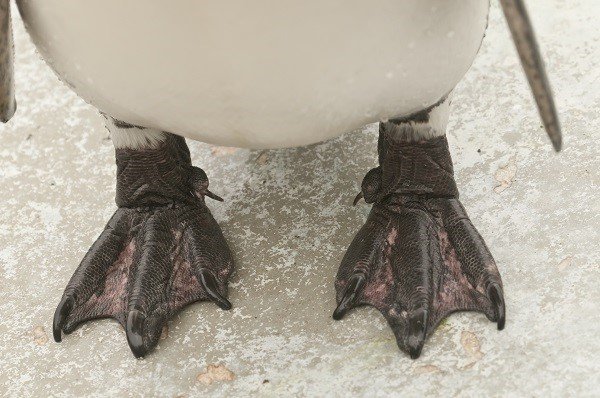
Earth Ranger Alexa is Helping the Planet by Recycling Batteries
Meet Alexa, a seven-year-old with a serious commitment to keeping our planet healthy for all living things.

In fact, with help from her mom, Alexa collected 646 used batteries and took them to the local depot in her community to recycle them. You can find out more about Alexa’s Battery Blitz Mission here because her local paper did a story about her mission to keep batteries out of the landfill.
Alexa found out about Earth Rangers on TV and decided to join and take on projects to help the environment. “I became an Earth Ranger to help the earth, so that animals don’t become extinct. Everyone needs the opportunity to look at and see all of the amazing animals that we have.”
In addition to recycling batteries, Alexa and her family recycle everywhere – at home, at school and in their community. At Earth Rangers we know how important it is to recycle whenever possible and it is clear that Alexa understands why, “It’s important to protect the animals and the environment because if we don’t we won’t have anywhere to live.”
Thank you, Alexa, for making recycling a part of your everyday life. When we all contribute, we can make a huge difference for the health of our planet.
Top Ten Animals with Scary Looking Teeth
The animal dentist will see you now, time to open up and say ahhh! These amazing animals are also flashing their teeth, and some are pretty scaring looking.
1) Bat
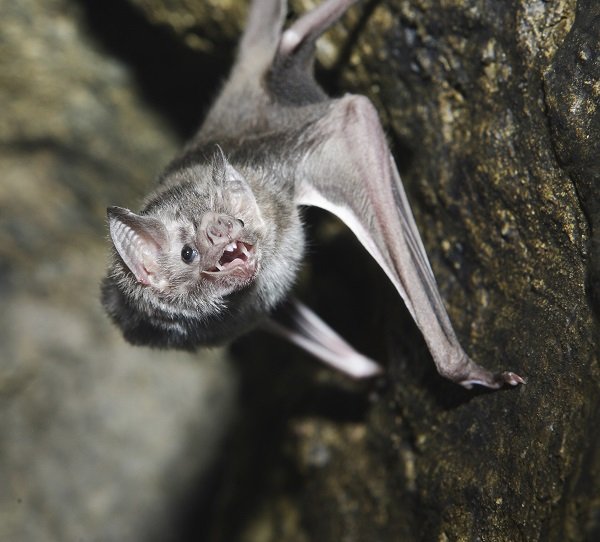
2) Cebus monkey
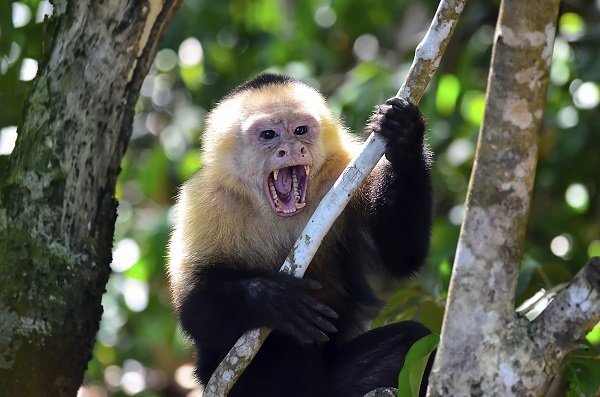
3) Cheetah
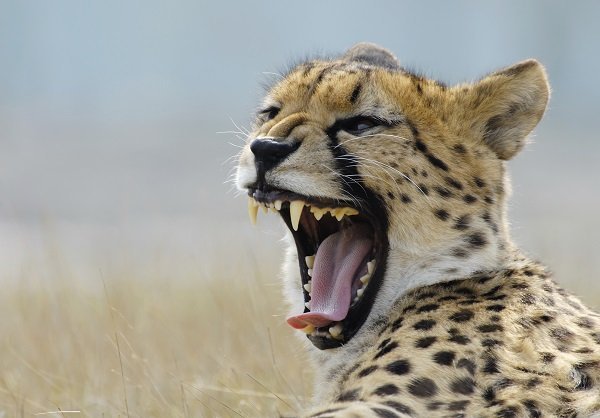
4) Crocodile
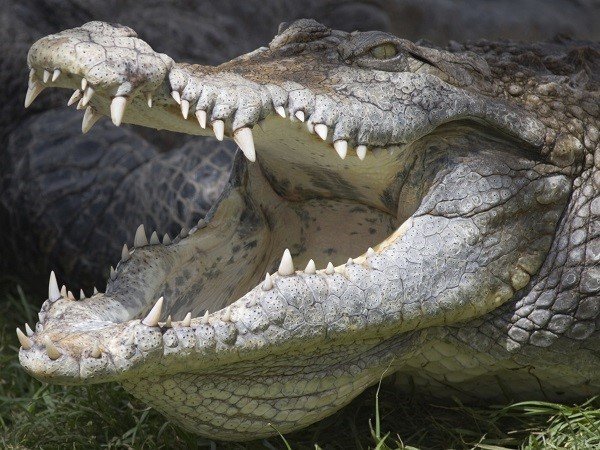
5) Gorilla
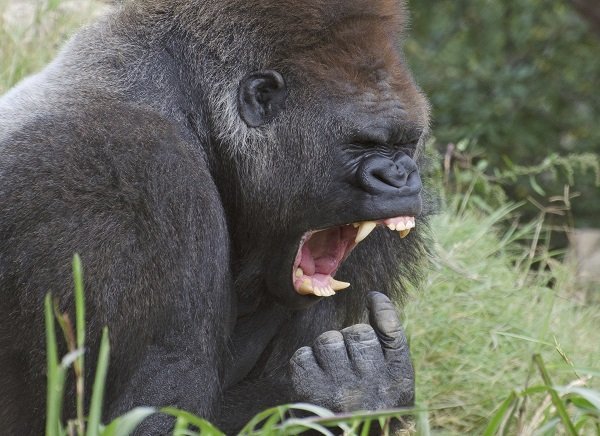
6) Hippo
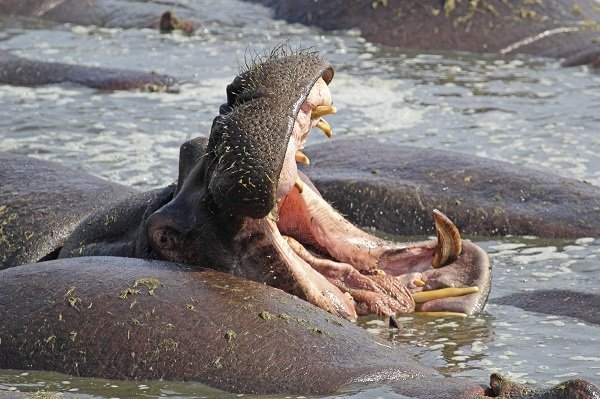
7) Hyena
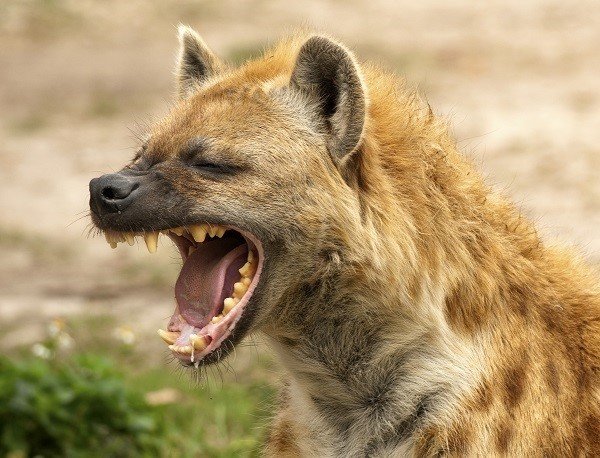
8) Moray Eel
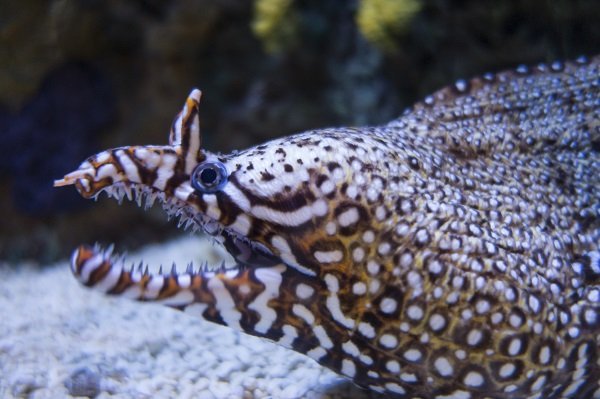
9) Shark
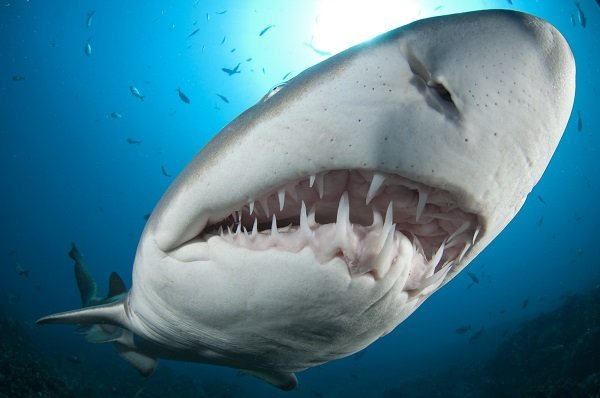
10) Wolf
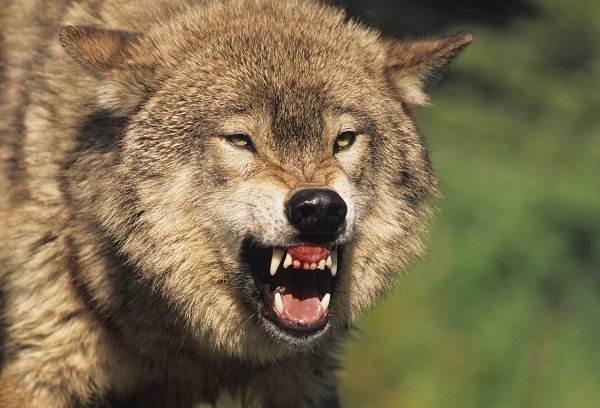
Top Ten Underwater Animals with Spots
What’s in fashion this season? According to these animals, it’s all about the spots. We love these brightly coloured spotted species of the sea, but what about you, what is your favourite pattern to wear? Spots, stripes, plaid… share your fashion tips in the comments section below.
1) Yellow boxfish
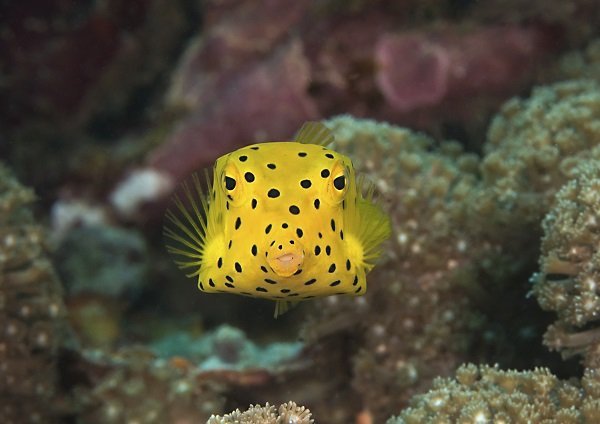
2) Blue spotted stingray
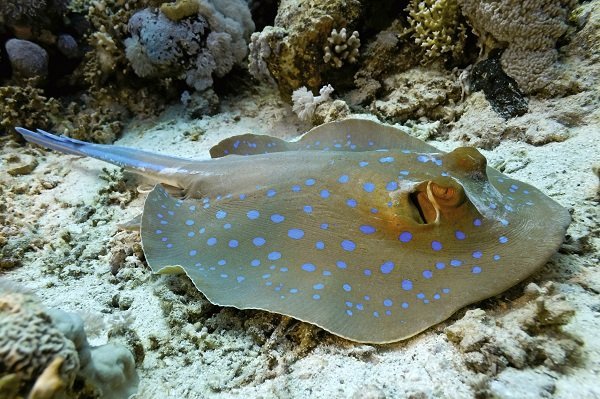
3) Clown triggerfish
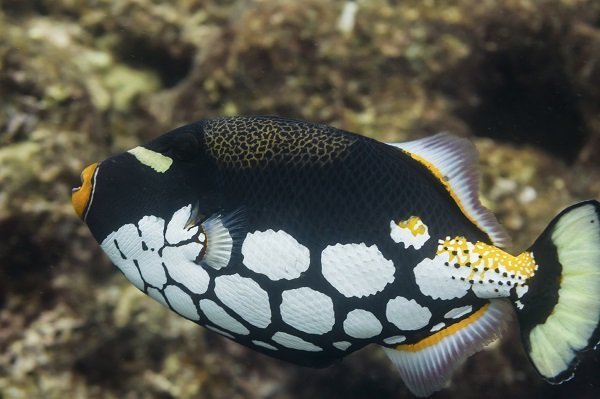
4) Coral grouper
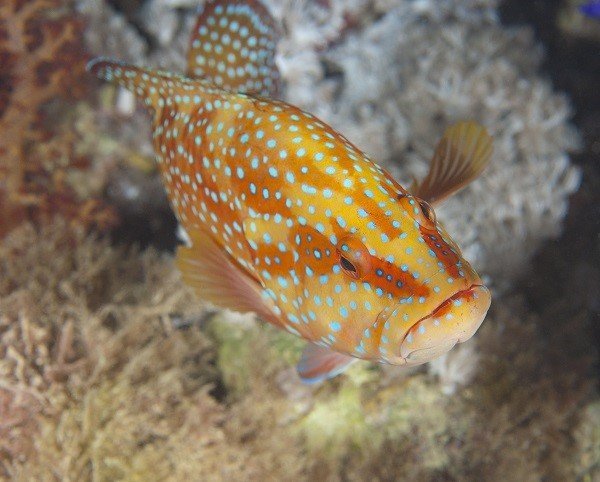
5) Spotted moray eel
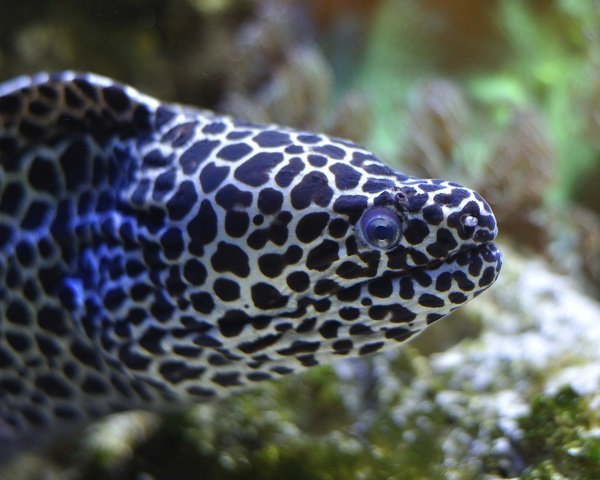
6) Nudibranch
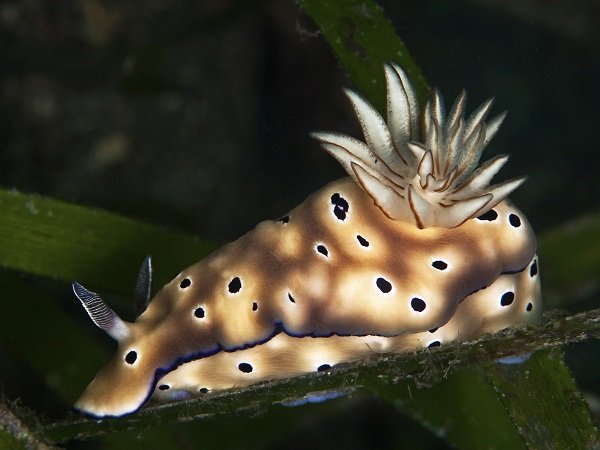
7) Red sea star
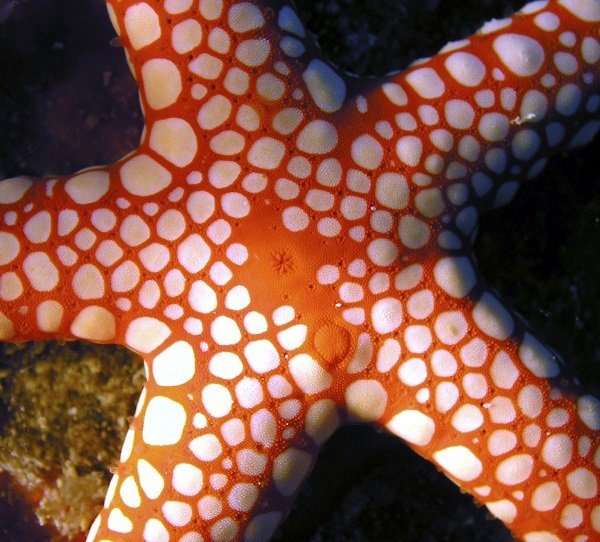
8) Spotted puffer
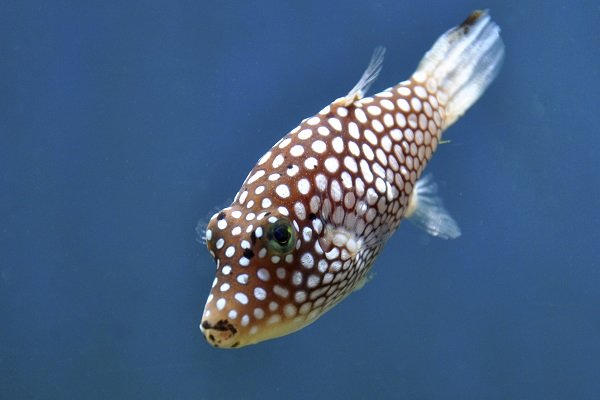
9) Spotted tunkfish
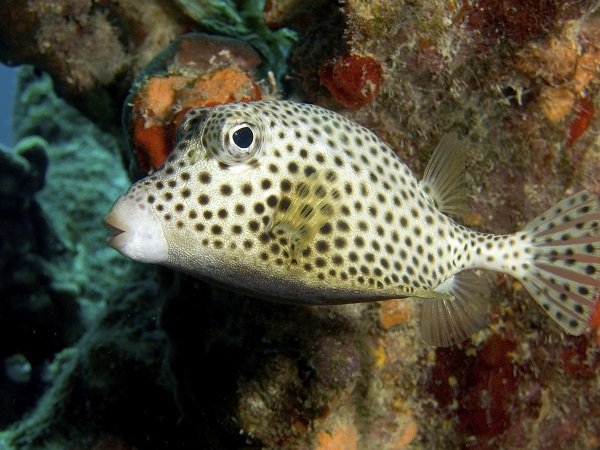
10) Thornback cowfish

Earth Ranger Nicolas and His Amazing Valentine’s Day Cards
Earth Ranger Nicolas is a recycling and conservation hero. He recycles paper and aluminum cans and he encourages others to do the same. He has been called the “Electricity Police” at home because he goes around the house turning lights off when the lights are not needed. He also collects and recycles used batteries and to date has kept 100 batteries out of landfills by disposing of them at a proper recycling depot.
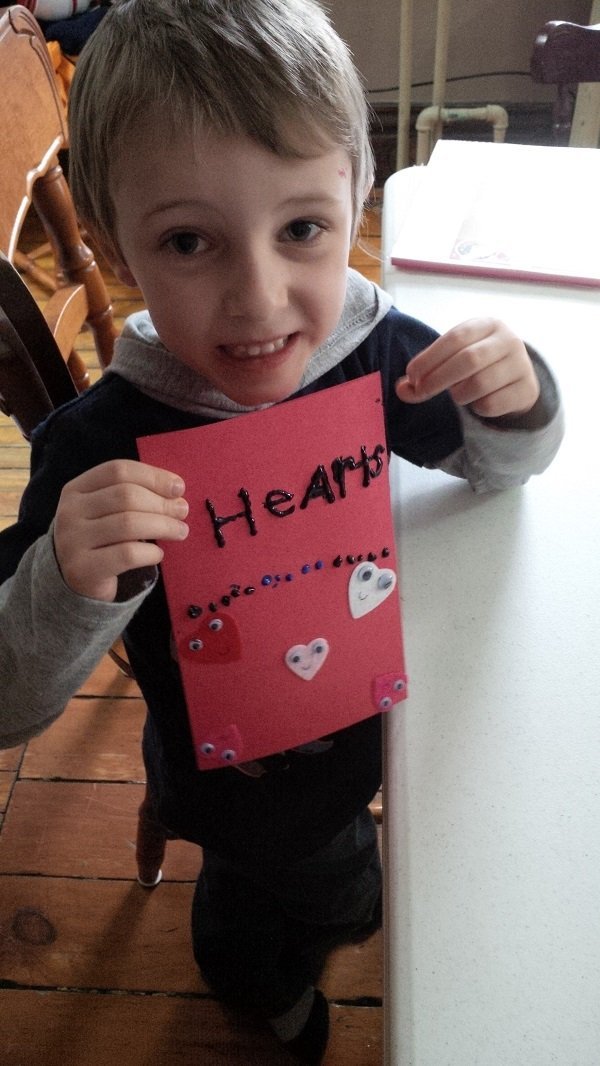
He learned about Earth Rangers on TV and went to the website to find out more. Already interested in protecting the environment, he signed up to become a member and started a Bring Back the Wild campaign to help protect the swift fox.
To raise funds for his campaign Nicolas decided to make and sell Valentine’s Day cards. He has raised $140 and even sold cards in exchange for used batteries. He even conducted research on what other kinds of cards would be popular after Valentine’s Day. He polled his friends and family and discovered that birthday cards will be the most popular choice for selling next.
Nicolas knows that we need to teach other kids about protecting wildlife. He thinks other kids need to know that animals should not be dying because we don’t protect them.
Amazing work Nicolas! We think Valentine’s Day cards are a super idea and we agree that when kids get involved, they can make a real difference for the future of animals.
For more fundraising ideas, check out the Fundraising Toolkit here.
Operation Conservation
There are some serious offenders hiding in your home and we need your help to stop them. Get your detective skills ready and accept Operation Conservation.
Alert!
Watch this video for a special announcement from Captain Conservation.
Here’s what you need to know:
The Earth Rangers Most Wanted are on the loose, stealing energy and water from your home. This is bad news for the planet. When we use too much energy, more energy needs to be made, which puts unnecessary strain on our planet’s resources. This can lead to things like climate change, which affects animals all over the world.
Click here to learn more about the impacts of climate change.
That’s why we need your help to stop to these 7 energy wasting culprits.
The Earth Rangers Most Wanted Energy Wasters
Be on the lookout for…
| The Power Phantom The Power Phantom has been stealing your energy through the unused electronics and appliances you keep plugged in and on standby. It can steal up to 100 watts of energy at a time! |  |
| The H2O Hog The H2O Hog is greedily gobbling up more water than necessary every time you flush! With each flush, it can eat up to 26.5 litres of water! |  |
| The Terrible Tap The Terrible Tap has an evil master plan. It wants to use up all of the water you have in your home. The more often you leave your taps running, the more powerful it becomes! |  |
| The Devious Draft The Devious Draft has been breaking into your home through small cracks under doors, and in walls and ceilings! It blows cold air into these cracks, making you use extra energy to keep your home warm. |  |
| The Thermo Inferno The Thermo Inferno grows bigger and bigger the hotter you keep your home in the winter and the colder you keep your home in the summer. It spreads throughout your home, eating more and more energy, up to 200 kilowatt-hours a year per degree! |  |
| The Lousy Leak The Lousy Leak is on the run, escaping through cracks in your pipes and toilet. If the Lousy Leak gets into your pipes or sink, you can lose up to 261 litres of water a year. If it gets into your toilet, you can lose up to 200 litres of water a day! |  |
| The Sinister Suds The Sinister Suds grow bigger and bigger the more water they absorb. With each load, these soapy villains can absorb up to 57 litres of water from the dishwasher and up to 170 litres from the washing machine. |  |
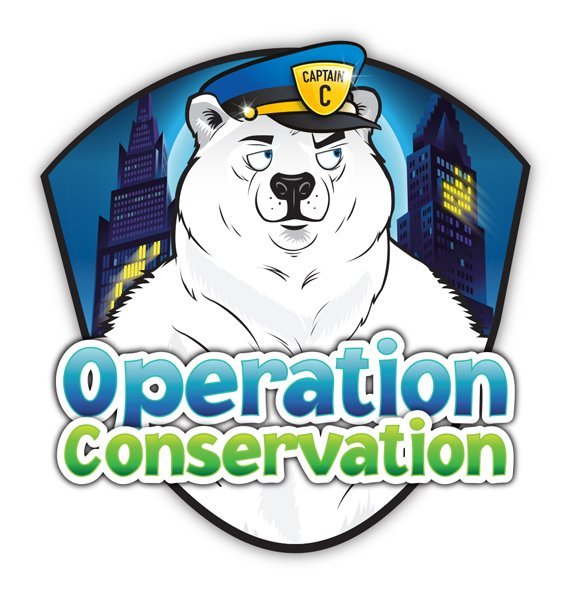
Keep your home safe by:
1. Searching your home for the Earth Rangers Most Wanted Energy Wasters
2. When you find a culprit, stick a paper cutout on it (or nearby) and tell your parents
3. Work together with your family to prevent these culprits from wasting energy and water in your home
4. When you’re done, visit EarthRangers.com/operation-conservation to let us know how you did
This mission is proudly supported by Toronto Hydro.
Earth Rangers is a non-profit organization that works to inspire and educate children about the environment. At EarthRangers.com kids can play games, discover amazing facts, meet animal ambassadors and fundraise to protect biodiversity.
Top Ten Animal Families
It’s family photo day, so pile in with your mom, dad, brothers, sisters, aunts, uncles and cousins. Get the whole herd together and smile for the camera like these adorable animal families.
1) Seal Family
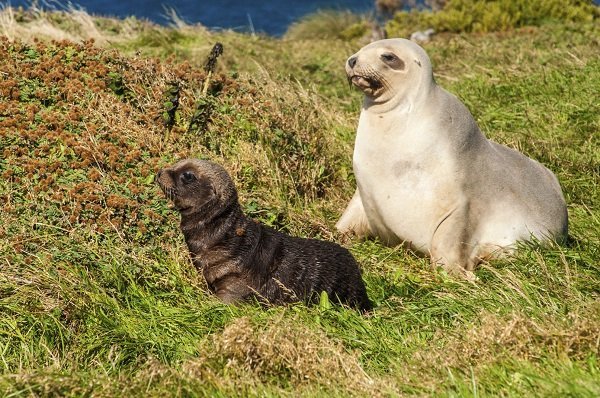
2) Bear family
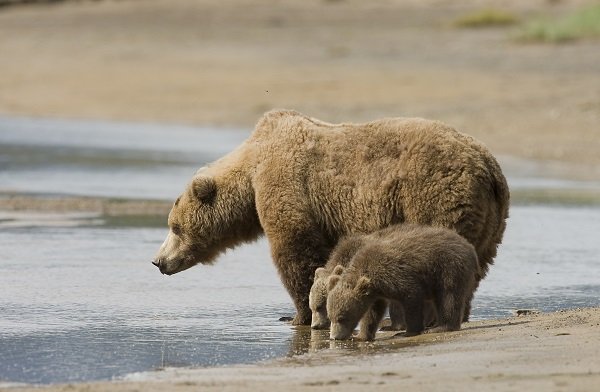
3) Cheetah family
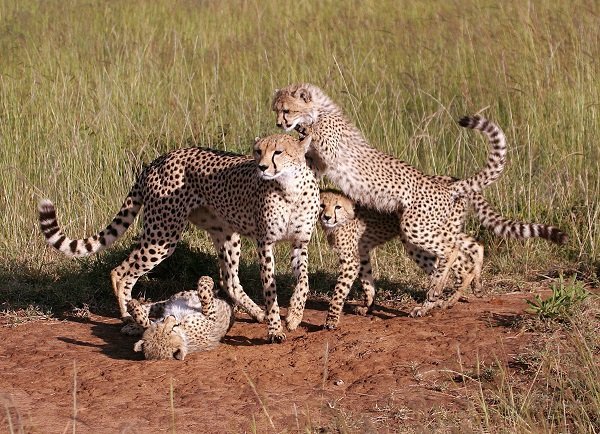
4) Deer family
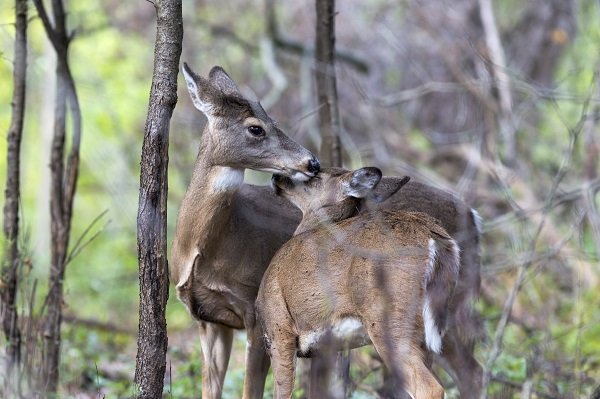
5) Elephant family
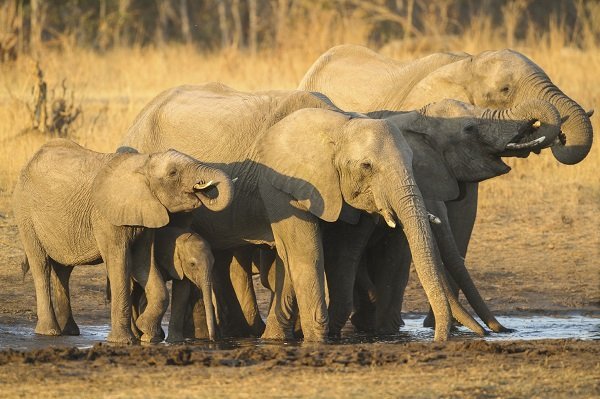
6) Giraffe family
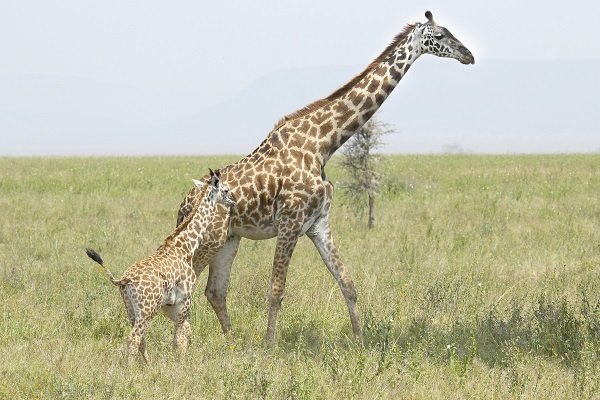
7) Gorilla family
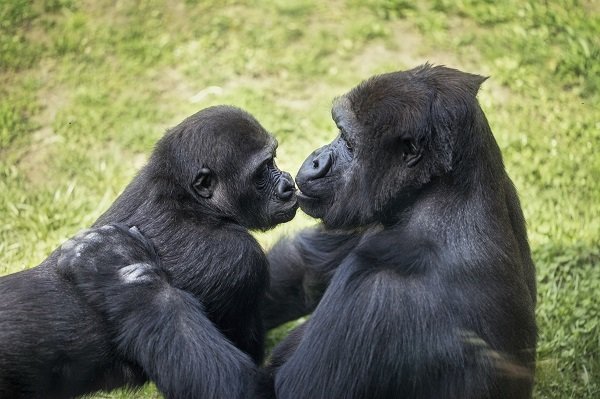
8) Rhino family
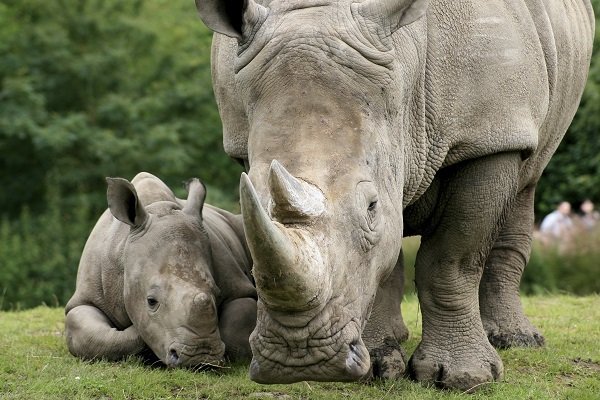
9) Lion family

10) Monkey family
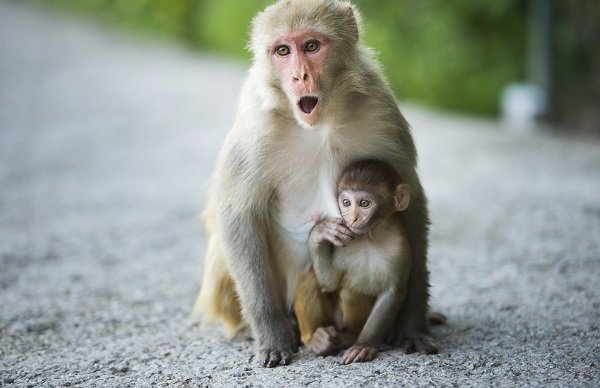
[divider style=”hr-dotted”]
The Wonderful and Wild Wolves of Algonquin
Earth Ranger Raveena discovered Earth Rangers while looking online for ways to help protect wolves. A huge fan of canines, and wolves in particular, she was interested in doing something to raise awareness for this often misunderstood animal. “I first started liking animals because they were cute, but as I got older canines became my favourite animals. I started spending so much time with my dog and learning about other canines. That’s when I came across a documentary about wolves and decided to learn more about them.”
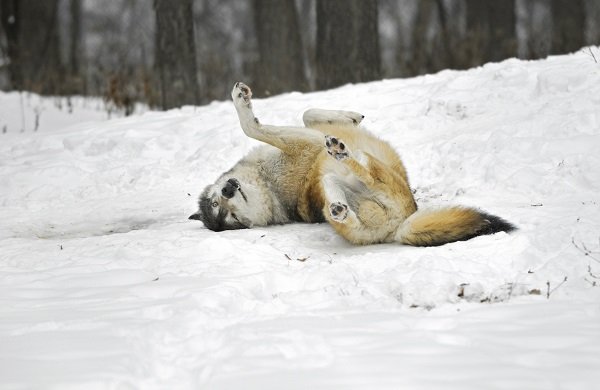
We’re so glad Raveena discovered Earth Rangers and is now helping to raise awareness for wolves through this fact-filled blog that she wrote for us. Take it away Raveena…
Did you know the gray wolf (Canis lupus) is the largest member in its family? Male gray wolves average about 100 pounds but can weigh up to 130 pounds. Gray wolves can run up to 60 km/h! They are extremely amazing creatures.
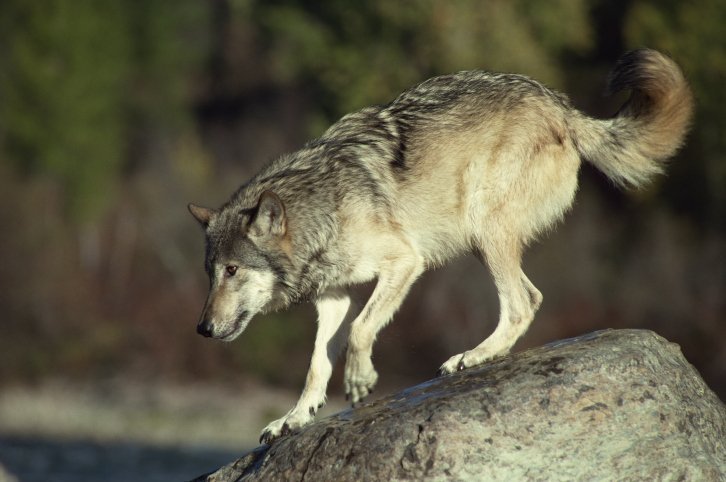
A wolf can survive on two and a half pounds of food per day, but each wolf needs an average of seven pounds of food each day to reproduce successfully. That means in order to feed a whole pack of six wolves they would need over 15,000 pounds of food each year. What an appetite!
Wolves are mostly known for their spine tingling howls! A cool fact is that wolves prefer to howl from elevated areas, to project their sound farther! They howl to communicate with other wolves. Click here to listen to wolves howling!

Other than hunting to eat, wolves are usually not aggressive. However, they will fight other animals and even wolves in other packs in order to protect their own pack and territory. I think this is why many people believe that wolves are violent and aggressive.
Right now humans are a bigger threat to them than they are to us. Forest habitat loss is also a major threat to wolves.
To find out more about wolves and help protect them start a Bring Back the Wild Campaign.
Braving the Cold for Bobolinks
Meet six-year-old Kaylee, an advocate for animals even when it’s cold outside! This winter Kaylee started a Bring Back the Wild campaign for the bobolink and has put some creative ideas into action to raise funds to protect these amazing songbirds.
To kick off her campaign, Kaylee set up a hot chocolate stand on her street during -14 winter weather and sold hot chocolate with marshmallows for two hours. She also sold her play kitchen along with some other toys and is doing extra chores around the house to raise funds for her campaign.

Kaylee is a dedicated Earth Ranger and recycles plastic, cardboard and other recyclables, picks up litter from the walking trails near her home, makes sure the birds in her yard have plenty of seeds all year long and loves to work in the garden.
Already thinking about how she can help animals in the future, Kaylee would like to be an animal rescuer when she grows up. “It’s important to help animals because they don’t have a voice and we need to protect their homes so they don’t go extinct.”
Thank you Kaylee for sharing your story and for everything you are doing to protect animals!













